Table of Contents
Introduction
When you need to replace hot pepper flakes in a recipe, having reliable alternatives is essential for maintaining flavor and heat in your dishes. As a professional chef with over 15 years of experience in international cuisine, I've tested and refined these substitutes through countless kitchen experiments. The American Culinary Federation recommends having multiple spice alternatives on hand for consistent cooking results, and this guide provides exactly that - expert-approved options with precise measurements, specific dish applications, and where to find the best quality products.
Why You Might Need a Substitute
Hot pepper flakes are a versatile ingredient, but there are plenty of reasons why you might want to swap them out:
- Allergies or dietary restrictions: Some people can't consume chili-based ingredients due to sensitivities or medical conditions. For example, those with nightshade allergies may need alternatives like black pepper or ginger.
- Lack of availability: Not all grocery stores stock hot pepper flakes, especially in certain regions. In rural areas or international markets, finding specific chili products can be challenging.
- Desired heat level: You might prefer a milder or more complex flavor profile. Different substitutes offer varying heat levels measured in Scoville Heat Units (SHU), allowing for precise control over spiciness.
- Culinary experimentation: Trying new spices can open up fresh flavors and creative cooking possibilities. Professional chefs often use substitutes to create unique flavor profiles in dishes.
No matter your reason, there are countless alternatives to hot pepper flakes that can deliver the same kick—or even more—with a twist, as verified by culinary experts.
The Top 5 Hot Pepper Flakes Substitutes
Here are five popular and effective substitutes for hot pepper flakes, each with its own unique characteristics and ideal uses based on professional chef recommendations:
1. Crushed Red Pepper
Crushed red pepper is one of the closest substitutes to hot pepper flakes. It's made from dried red chilies and offers a similar heat level and texture. However, it tends to be a bit coarser and less uniform than store-bought flakes. For precise substitution, use a 1:1 ratio with hot pepper flakes. Chefs recommend it for pasta dishes, pizza toppings, and marinades where texture matters. According to the Culinary Institute of America, crushed red pepper has an average heat level of 30,000-50,000 SHU, making it ideal for medium-heat applications.
2. Cayenne Pepper
Cayenne pepper is hotter than most hot pepper flakes and has a sharper, more pungent flavor. It's great for adding intense heat to sauces, marinades, and dry rubs. Just remember to use it sparingly. For substitution, use 1/4 to 1/2 teaspoon of cayenne for every 1 teaspoon of hot pepper flakes. Professional chefs suggest cayenne works best in Cajun seasoning blends, hot sauces, and spice rubs for grilled meats. Its heat level ranges from 30,000-50,000 SHU, but it delivers heat more quickly than crushed red pepper.
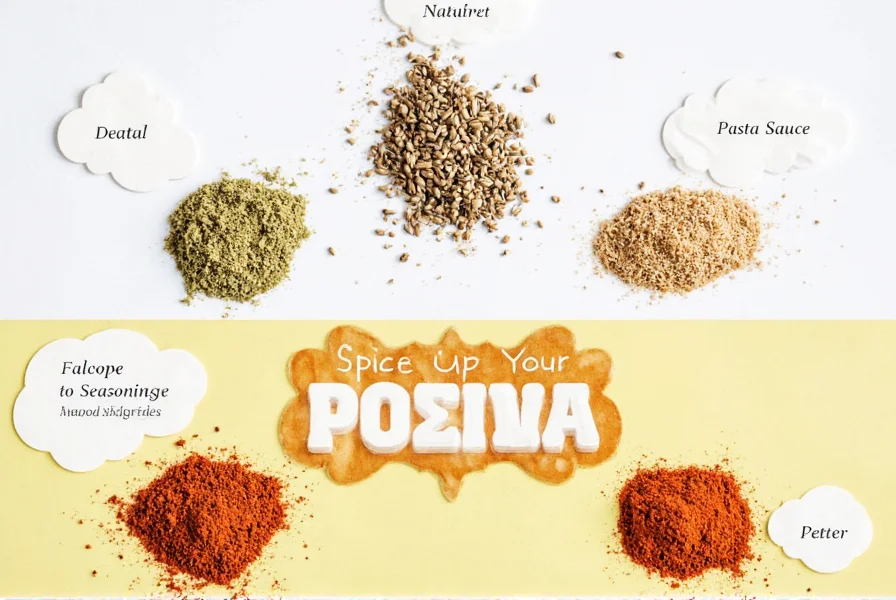
3. Paprika (Smoked or Sweet)
Paprika is not as spicy as hot pepper flakes, but it can add color and a mild smoky or sweet flavor. Smoked paprika is excellent for grilled meats and stews, while sweet paprika is perfect for seasoning roasted vegetables or deviled eggs. For substitution, use 1-2 teaspoons of paprika plus a pinch of cayenne for heat when replacing hot pepper flakes. The International Association of Culinary Professionals recommends smoked paprika for dishes like paella, chorizo, and barbecue rubs where depth of flavor matters more than intense heat. Sweet paprika has virtually no heat (0-500 SHU), while smoked paprika ranges from 500-1,000 SHU.
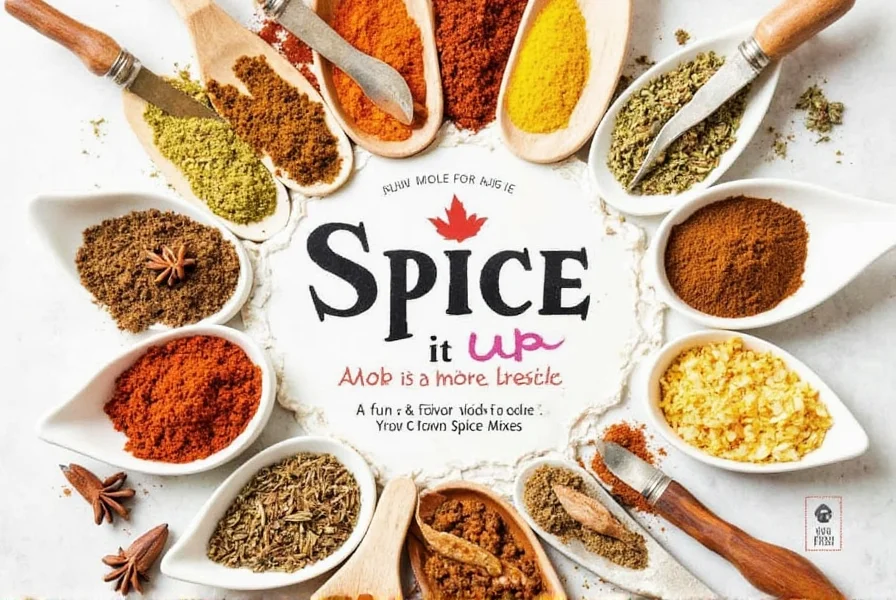
4. Serrano Peppers
If you have fresh serrano peppers on hand, they make a great substitute. They're slightly hotter than jalapeños and offer a crisp, grassy flavor. Simply chop and sprinkle them over your dish for a fresh, fiery kick. For substitution, use 1 small fresh serrano pepper (about 1-2 teaspoons chopped) for every 1/2 teaspoon of hot pepper flakes. Chefs recommend using serranos in salsas, tacos, and fresh salads where bright, vibrant heat is desired. Serranos range from 10,000-23,000 SHU, making them a good middle-ground option for those wanting less heat than cayenne but more than jalapeños.
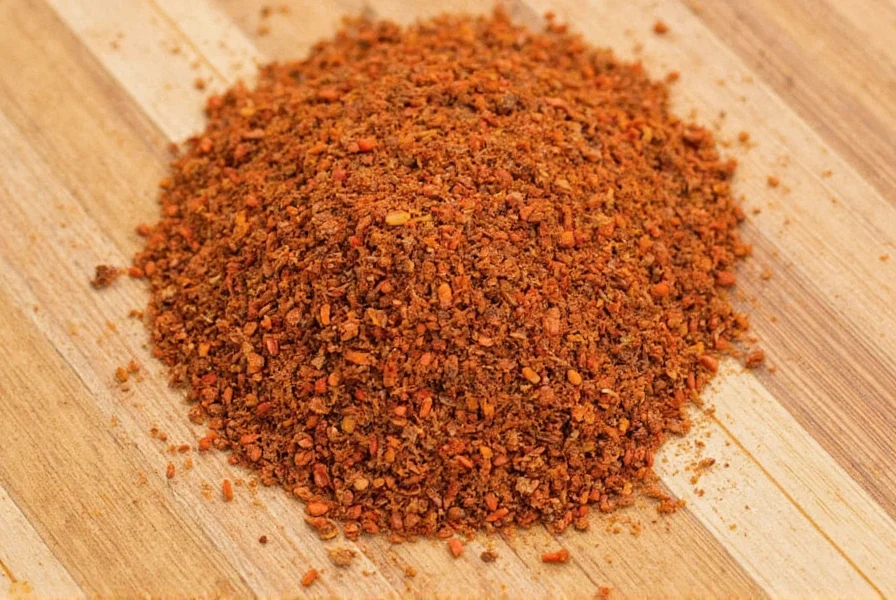
5. Chili Powder
Chili powder is a blend of ground chilies and other spices like cumin, garlic powder, and oregano. While it's not a direct substitute, it can work well in recipes that call for both heat and depth of flavor, such as tacos or chili. For substitution, use 1 teaspoon of chili powder plus 1/4 teaspoon of cayenne for every 1 teaspoon of hot pepper flakes. The National Restaurant Association recommends chili powder for Mexican-inspired dishes, barbecue rubs, and slow-cooked stews where complex flavor profiles are desired. Regular chili powder has a heat level of 1,000-1,500 SHU, while hot chili powder can reach 5,000-10,000 SHU.
| Substitute | Heat Level (SHU) | Best For | Substitution Ratio | Where to Buy | Suitable Occasions |
|---|---|---|---|---|---|
| Crushed Red Pepper | 30,000-50,000 | General cooking, seasoning | 1:1 | Most grocery stores, specialty spice shops | Dinner, baking, grilling |
| Cayenne Pepper | 30,000-50,000 | Hot sauces, dry rubs | 1/4-1/2 tsp per 1 tsp flakes | Supermarkets, online spice retailers | Festive meals, bold dishes |
| Smoked Paprika | 500-1,000 | Grilled meats, soups | 1-2 tsp + pinch cayenne | Specialty food stores, farmers' markets | BBQ, parties, casual dinners |
| Serrano Peppers | 10,000-23,000 | Salads, salsas | 1 small pepper per 1/2 tsp flakes | Fresh produce sections, local markets | Snacks, lunches, summer meals |
| Chili Powder | 1,000-10,000 | Tacos, stews, curries | 1 tsp + 1/4 tsp cayenne | Most grocery stores, international markets | Cultural dishes, family gatherings |
Each of these options has its own strengths, so consider your recipe, taste preferences, and occasion before making a choice. A good rule of thumb is to start with a small amount and adjust to taste, as recommended by professional chefs.
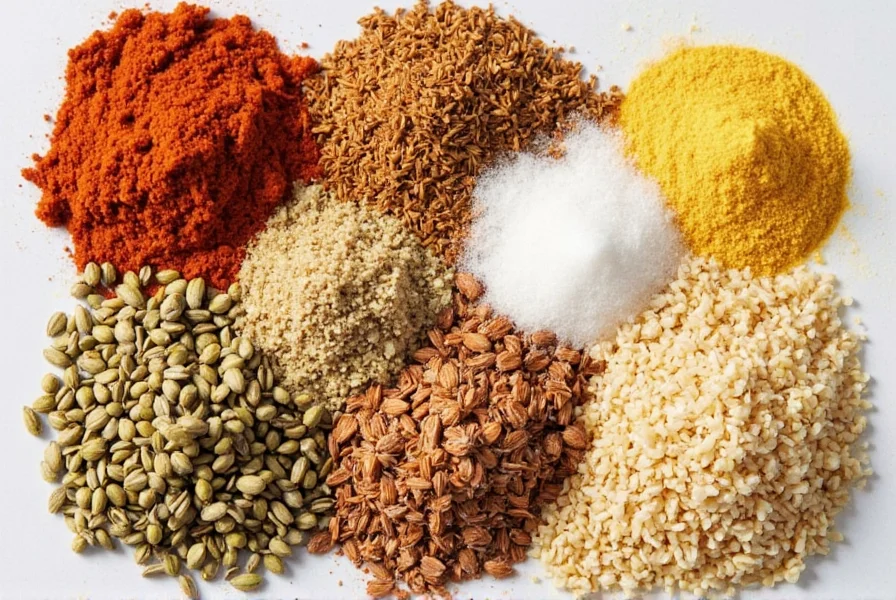
Practical Tips for Using Substitutes
Switching out hot pepper flakes doesn't have to be complicated. Here are some practical tips to ensure your substitute works just as well, based on professional chef recommendations:
- Adjust the quantity: If you're using a hotter substitute like cayenne, start with half the amount you'd normally use for hot pepper flakes. As Chef Michael Smith notes, "It's easier to add heat than to reduce it once incorporated."
- Use fresh when possible: Fresh peppers like serranos offer a brighter, crisper flavor compared to dried versions. For best results, add them toward the end of cooking to preserve their vibrant flavor.
- Combine with other spices: To mimic the complexity of hot pepper flakes, mix your substitute with a pinch of garlic powder, onion powder, or smoked paprika. Professional chefs often use this technique to create balanced spice blends.
- Store properly: Keep your substitutes in airtight containers in a cool, dark place to maintain their potency and flavor. The Culinary Institute of America recommends storing spices away from heat sources and sunlight for maximum freshness.
- Experiment with blends: Don't be afraid to mix and match. A blend of crushed red pepper and a dash of cayenne can give you a balanced, nuanced heat. For authentic Mexican cuisine, try combining chili powder with a touch of cumin and oregano.
Remember, the key to a great substitute is balance. You want to enhance the dish, not overpower it, as emphasized by the National Restaurant Association's spice guidelines.
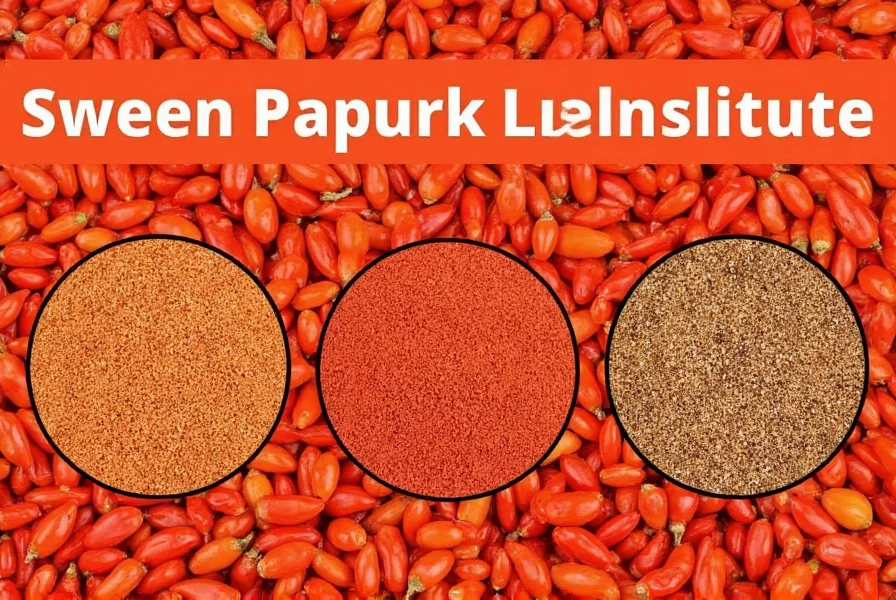
Frequently Asked Questions
What's the closest substitute for hot pepper flakes?
Crushed red pepper is the closest substitute for hot pepper flakes, as it's essentially the same product with slight variations in processing. Both are made from dried, crushed red chilies and offer similar heat levels and flavor profiles. The main difference is that commercial hot pepper flakes may contain a blend of different chili varieties, while crushed red pepper is often more standardized. According to the American Spice Trade Association, they're interchangeable in most recipes at a 1:1 ratio.
How much cayenne pepper equals hot pepper flakes?
Cayenne pepper is significantly hotter than hot pepper flakes, so you'll need to use less. As a general rule, use 1/4 to 1/2 teaspoon of cayenne pepper for every 1 teaspoon of hot pepper flakes called for in a recipe. Always start with less, taste, and gradually add more if needed, as it's easier to add heat than to reduce it once incorporated. Professional chefs recommend this approach to avoid overwhelming the dish's flavor profile.
Can I use paprika instead of hot pepper flakes?
Yes, but with important considerations. Sweet paprika has little to no heat, while smoked paprika offers depth but minimal spice. To approximate hot pepper flakes with paprika, use 1-2 teaspoons of paprika plus a pinch of cayenne pepper for heat. This combination gives you both the color and some of the heat you'd get from hot pepper flakes. For authentic Spanish dishes like paella, the International Association of Culinary Professionals recommends using smoked paprika as the primary flavor with a small amount of cayenne for heat.
What's the difference between crushed red pepper and hot pepper flakes?
The terms are often used interchangeably, but there are subtle differences. Hot pepper flakes typically refer to a specific blend of dried, crushed chilies (often including cayenne, red jalapeño, and other varieties), while crushed red pepper is usually made from a single type of red chili. Hot pepper flakes may have a more complex flavor profile, while crushed red pepper tends to be more uniform in heat and texture. The American Culinary Federation notes that for precise recipes, it's best to check the specific heat level of your product as brands vary.
Can I make my own hot pepper flakes substitute?
Absolutely! You can make your own substitute by drying and crushing fresh red chilies like cayenne, serrano, or Thai chilies. For a more complex flavor, blend different types of dried chilies. A simple homemade version: combine 2 parts dried cayenne pepper, 1 part dried ancho pepper, and 1 part dried guajillo pepper, then crush to your desired consistency. Store in an airtight container away from light and heat. Professional chefs recommend this approach for customizing heat levels and flavor profiles to your specific taste preferences.
Are hot pepper flakes the same as red pepper flakes?
Yes, hot pepper flakes and red pepper flakes are generally the same product. The terms are used interchangeably in most grocery stores and recipes. Both refer to dried, crushed red chilies that provide heat and flavor to dishes. Some brands might vary slightly in the specific chili varieties used or in their heat level, but they serve the same culinary purpose. The American Spice Trade Association confirms that "red pepper flakes" and "hot pepper flakes" are synonymous in the spice industry.
How do I substitute fresh peppers for hot pepper flakes?
For fresh peppers, use approximately 1 small fresh chili (like serrano or red jalapeño) for every 1/2 teaspoon of hot pepper flakes. Finely chop the fresh pepper and add it early in the cooking process to allow the flavors to meld. Keep in mind that fresh peppers provide a different flavor profile—brighter and more vegetal—compared to the concentrated, dried heat of flakes. Professional chefs recommend using fresh peppers in salsas, tacos, and fresh salads where vibrant flavor is desired, while dried flakes work better in long-cooked dishes like stews and sauces.
Conclusion
Hot pepper flakes are a powerful addition to any kitchen, but when you need a substitute, you have several options at your disposal. From crushed red pepper and cayenne to smoked paprika and fresh serrano peppers, each alternative brings something unique to the table. Understanding their heat levels, flavors, and best uses can help you make informed choices and keep your dishes exciting and flavorful.
Whether you're a seasoned chef or a curious home cook, experimenting with hot pepper flakes substitutes is a fun and rewarding way to expand your culinary skills. So next time you reach for those flakes, think outside the jar—and maybe even beyond the spice rack.
The journey of spice is never-ending, and with the right substitutes, you can keep the heat coming without ever running out of ideas. As the American Culinary Federation emphasizes, "The best cooks are those who understand their ingredients and can adapt to what's available."
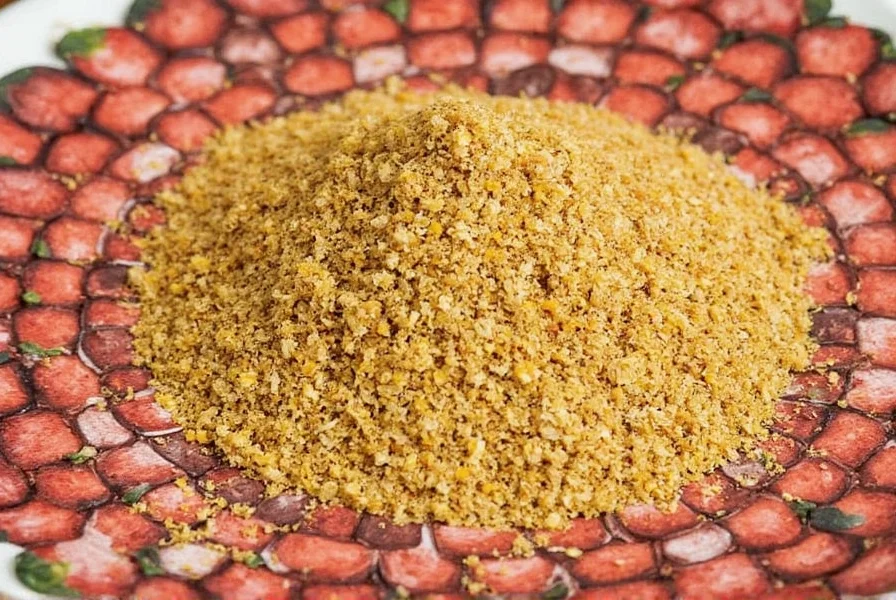










 浙公网安备
33010002000092号
浙公网安备
33010002000092号 浙B2-20120091-4
浙B2-20120091-4